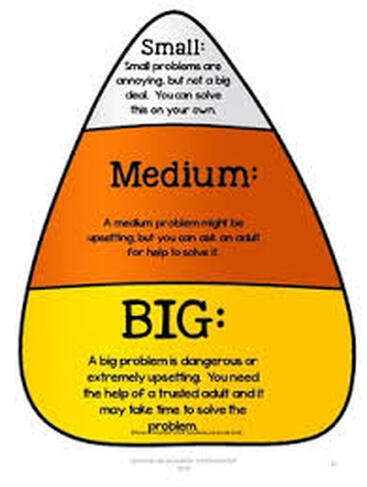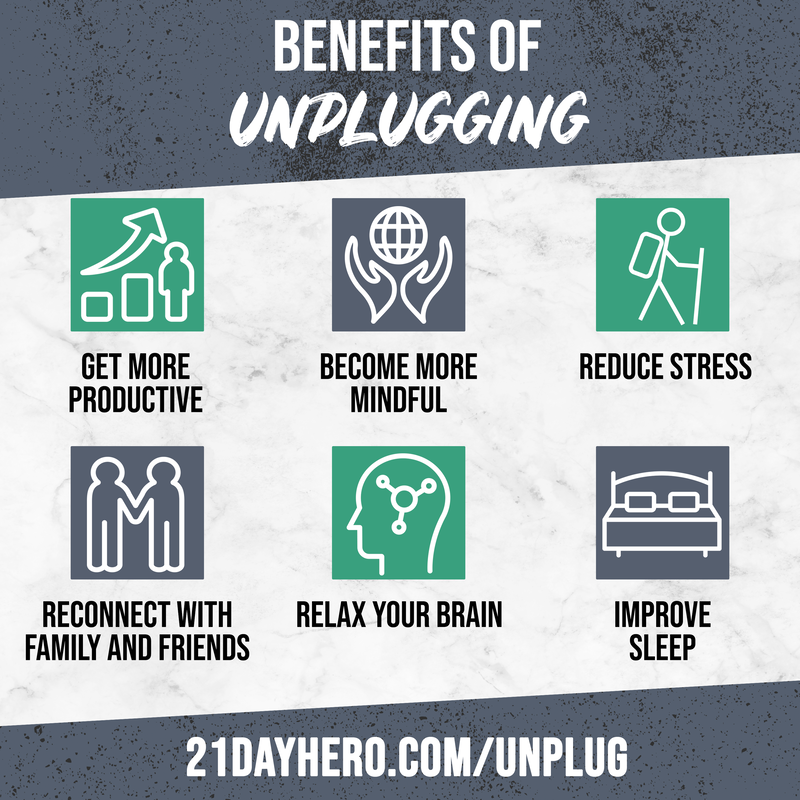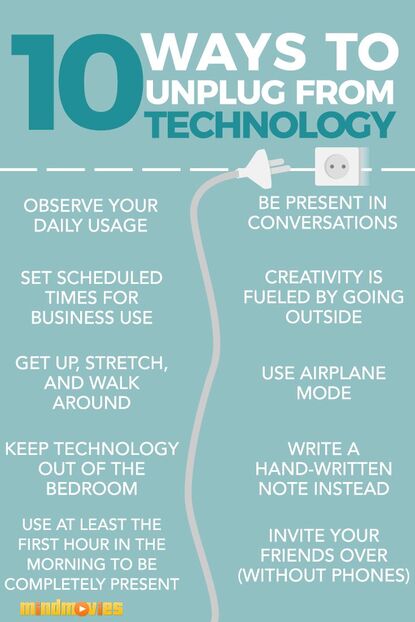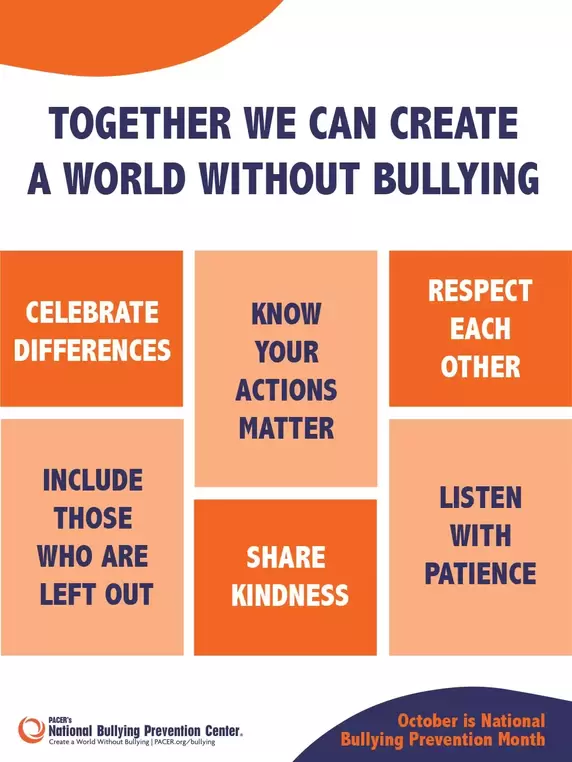|
Halloween is just around the corner, this Saturday! If applicable, please use the following activities and
resources to integrate Social and Emotional Learning within the classroom. Each of these activities are directed towards Halloween, and offer activities to lead discussions towards problem solving, mindfulness, recognizing emotions, decision making, and discerning the difference between appropriate and inappropriate behaviors. For elementary school students: Trick or Treat Behavior Sort Activity: Decision-Making & Self-Management
Spider Emotions Matching Game: Identifying Emotions
Halloween Trick or Treat Safety Coloring Book: Mindfulness
For Middle-High School Students:
0 Comments
We're sure lots of people are excited for Halloween and all the activities Halloween has to offer, even during the pandemic. Halloween presents opportunities to teach students about a few social and emotional learning skills – such as self-awareness. With the following tips, tricks, and activities there are options to create a SPOOKY social and emotional learning environment.
Pumpkin Feelings – Teaching Self-Awareness
Halloween Character – Teaching Self-Awareness
Ghost Story – Teaching Relationship Skills
Trick or Treating Social Story – Teaching Social Awareness
With more and more people becoming connected through technology and social media every day it's important to remember that while technology can be extremely beneficial to us, it can be harmful for our mental well-being.
You've more than likely heard time and time again to "put down the phone" and "unplug" and "detox from social media". Maybe it hasn't stuck yet, or maybe you're stuck in a cycle of unplugging and plugging back in. That's alright! Let's just go through some of the benefits of unplugging from news, social media, and technology and we'll give you some easy ways to view less of those things. What are the benefits?
You don't have to unplug forever from social media or technology! Try deleting an app from your phone or curating your social media newsfeed to more positive posts. Here are some more ways to take a break and unplug:
)The goal of National Bullying Prevention Month is to encourage schools, communities, and organizations to work together to stop bullying and cyberbullying and put an end to hatred and racism by increasing awareness of the prevalence and stop impact of all forms of bullying on all children of all ages. It was created in October 2006 by organizations such as PACER's National Bullying Prevention Center, National Education Association, National PTA, American Federation for Teachers, and the National Coalition for Parent Involvement in Education, to raise awareness of the issue of bullying.
Firstly, let's define bullying. Bullying is unwanted, aggressive behavior among school-aged children that involves a real or perceived power imbalance. The behavior is repeated, or has the potential to be repeated, over time. Bullying includes actions such as making threats, spreading rumors, attacking someone physically or verbally, and excluding someone from a group on purpose. Bullying can also take place through technology, known as cyberbullying. Examples of cyberbullying include mean text messages or emails, rumors sent by email or posted on social networking sites, and embarrassing pictures, videos, websites, or fake profiles. There are many other types of aggressive behavior that may not fit the definition of bullying, but that does not mean that they are any less serious or require less attention than bullying. Rather, those behavior require different prevention and response strategies. (From the Youth.gov definition) Here are some things teachers and school leaders can do to create a safe and supportive environment that helps to prevent bullying:
Avoid these mistakes when supporting students who are bullied:
Here are some ways to address bullying behavior:
|
AuthorWrite something about yourself. No need to be fancy, just an overview. Archives
June 2022
Categories |







 RSS Feed
RSS Feed